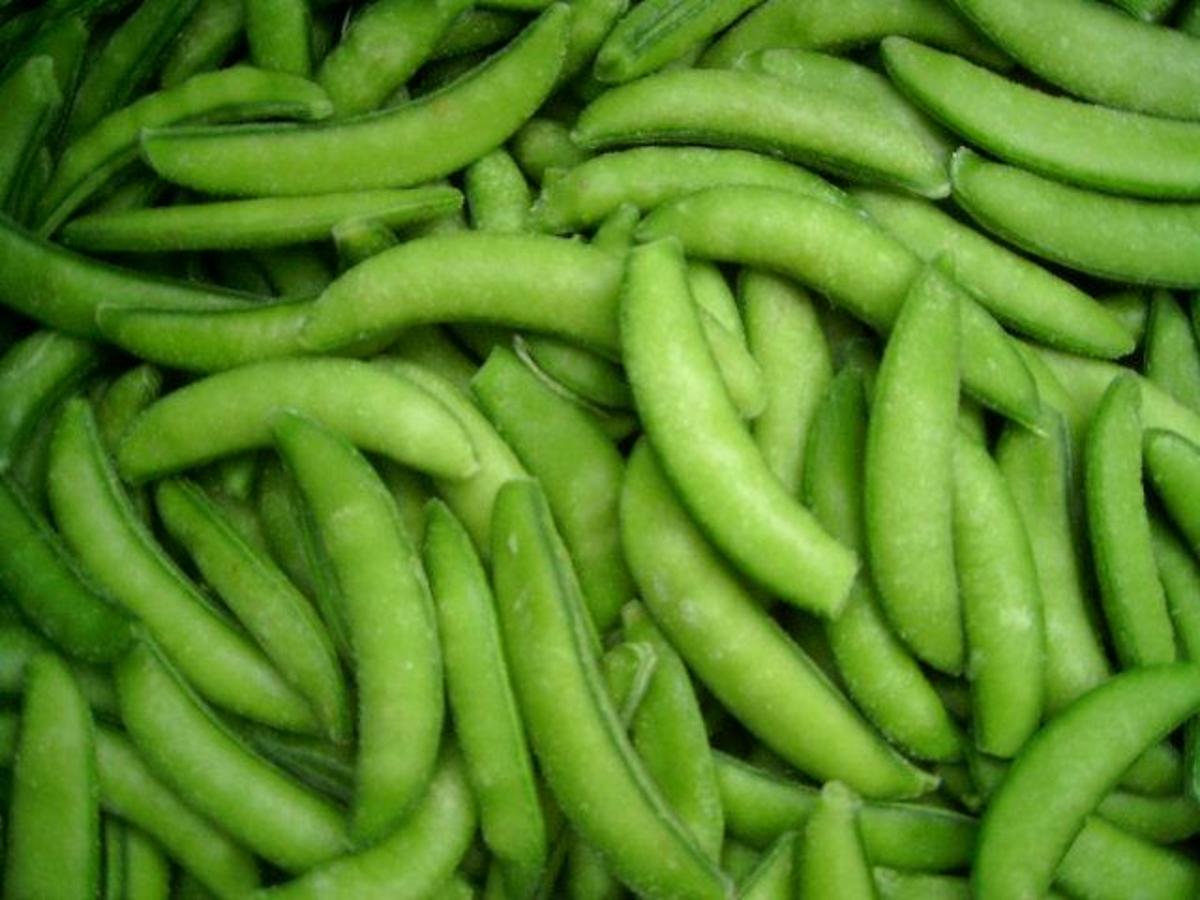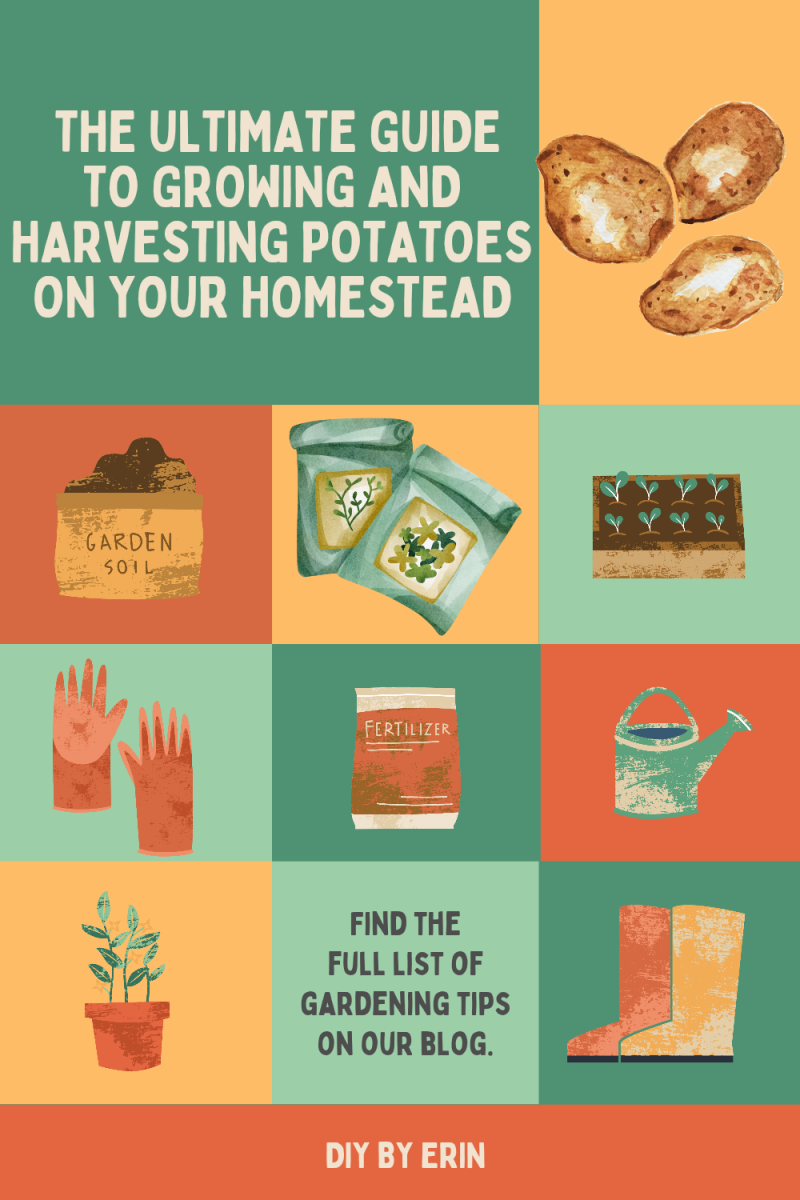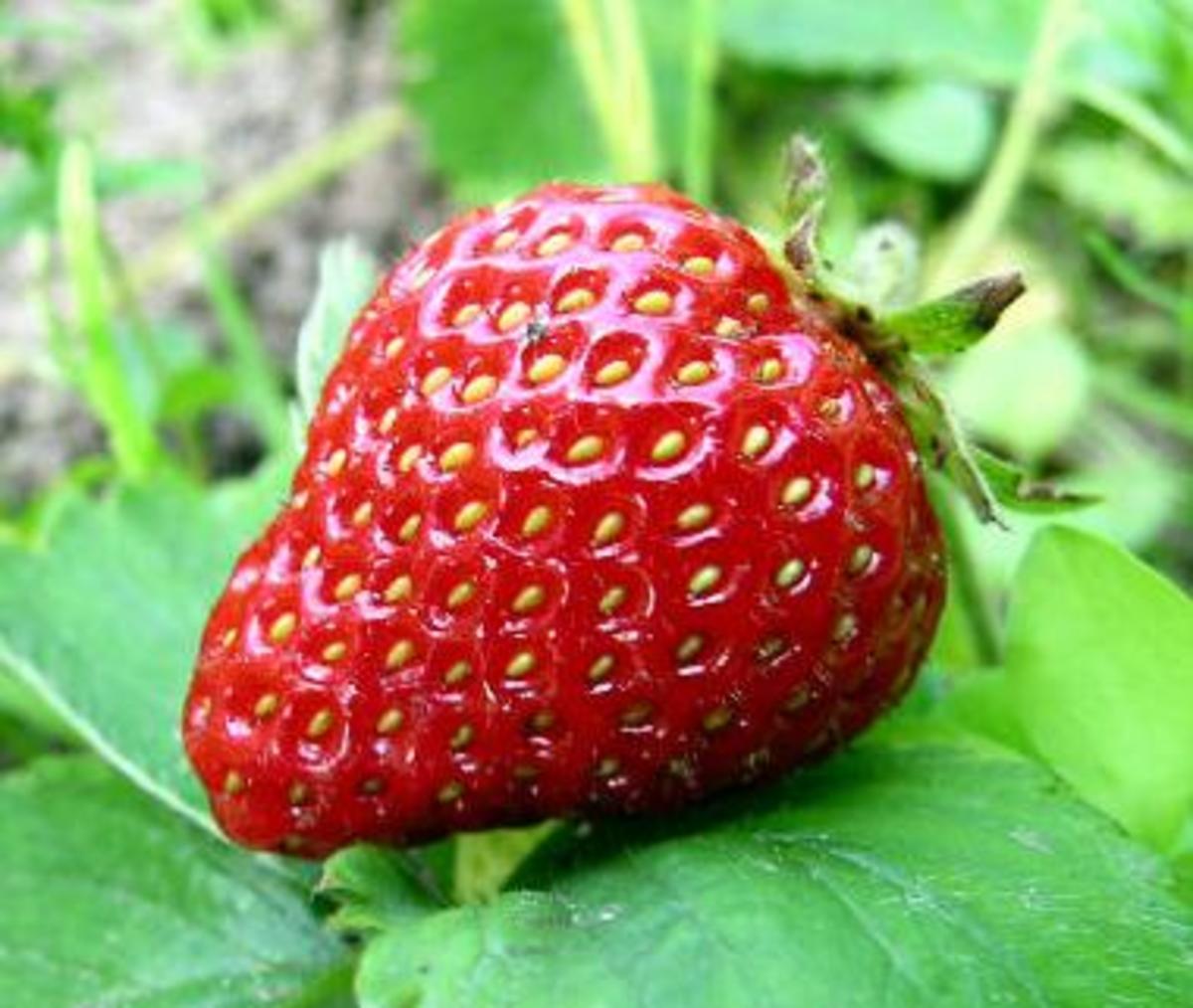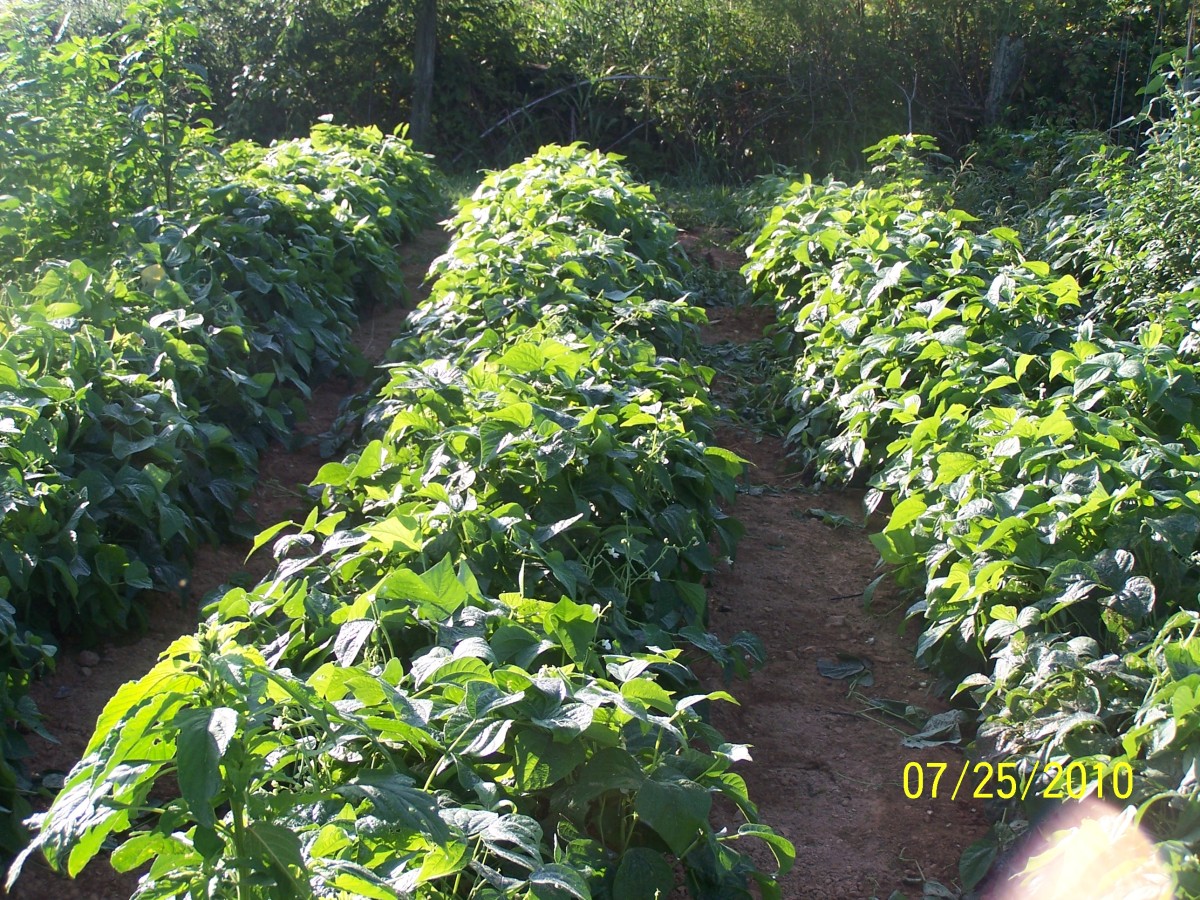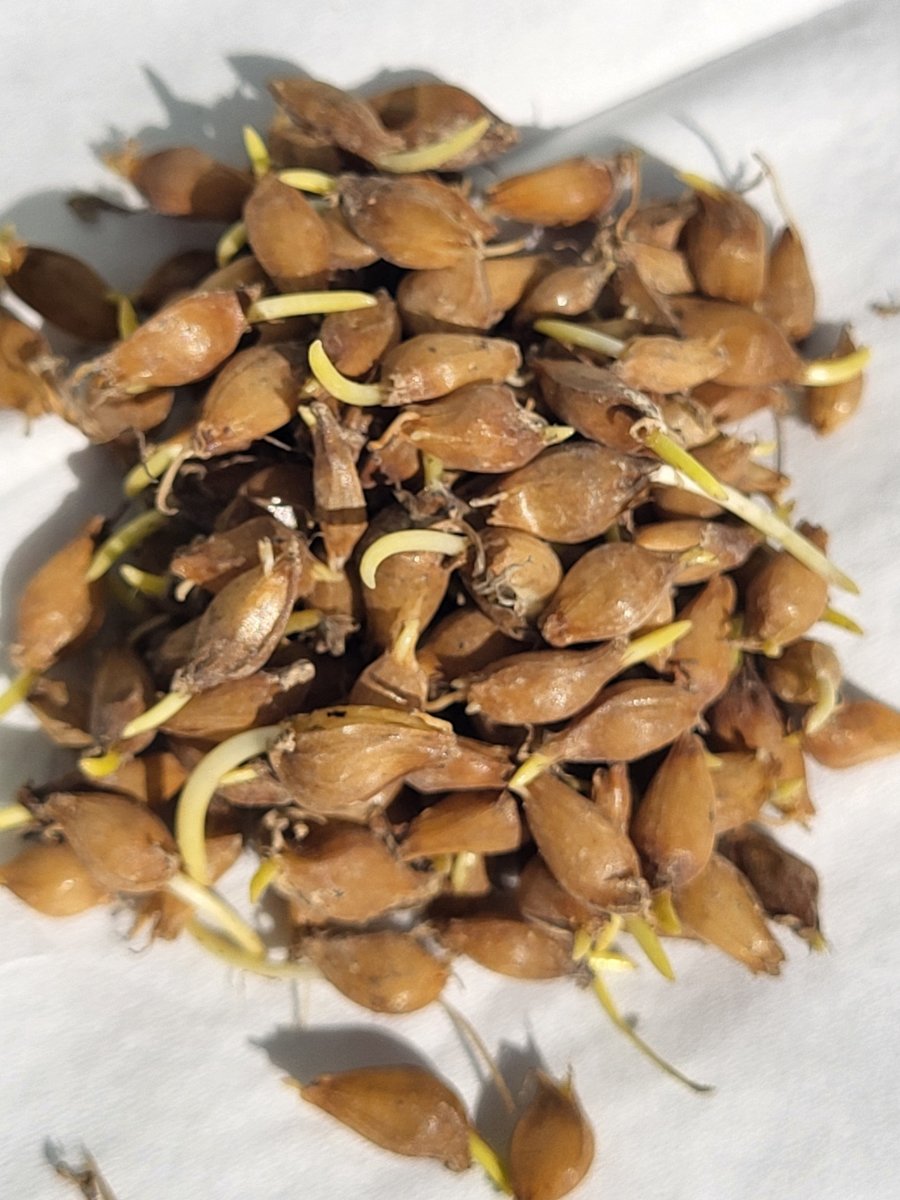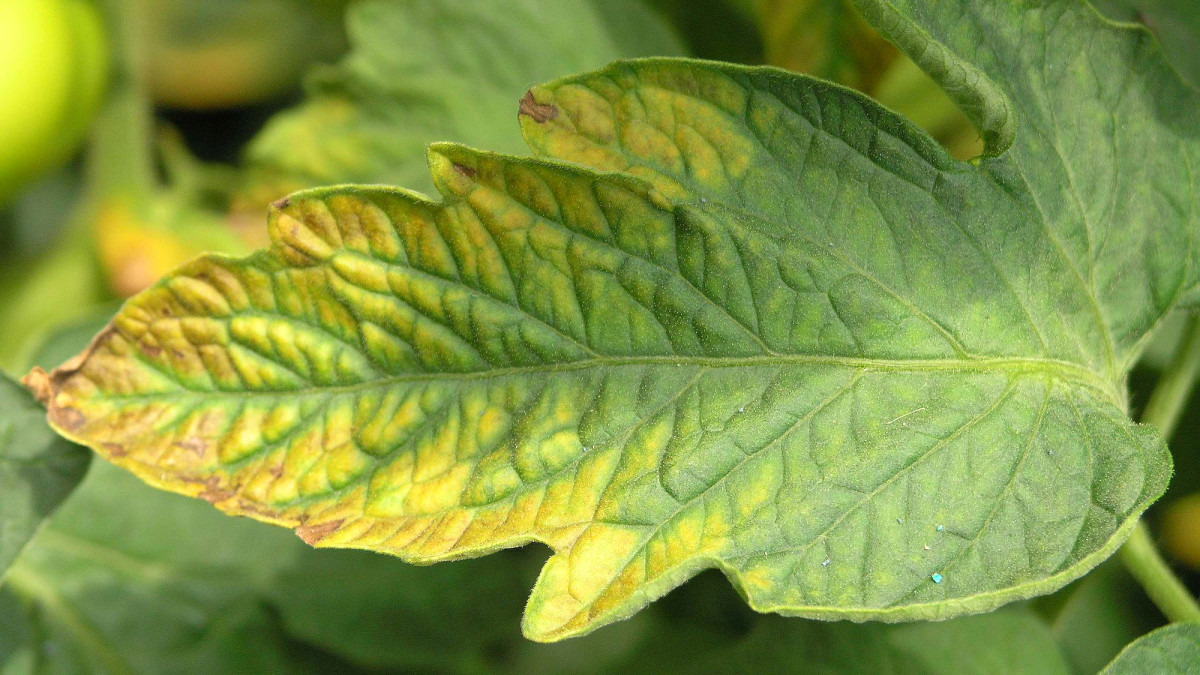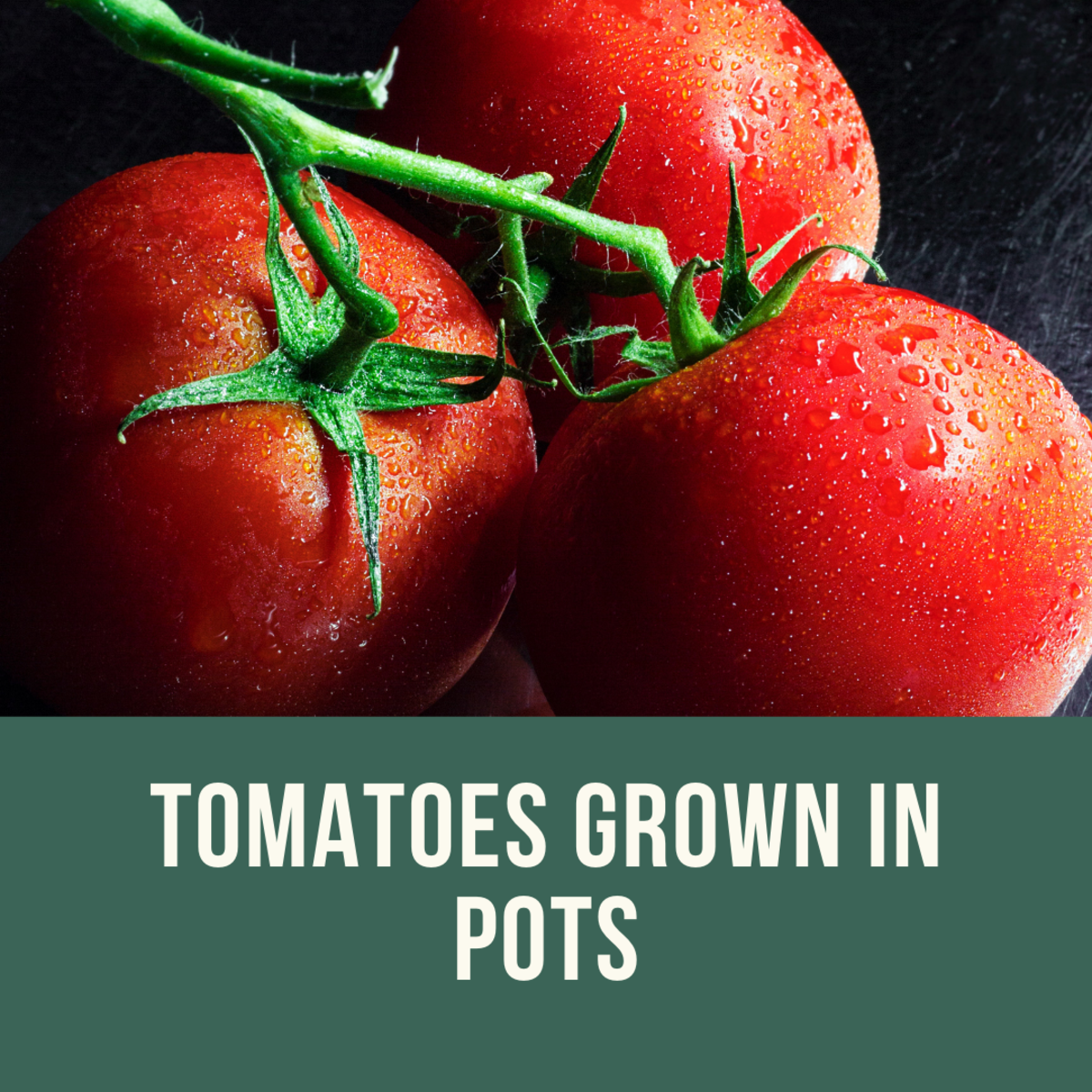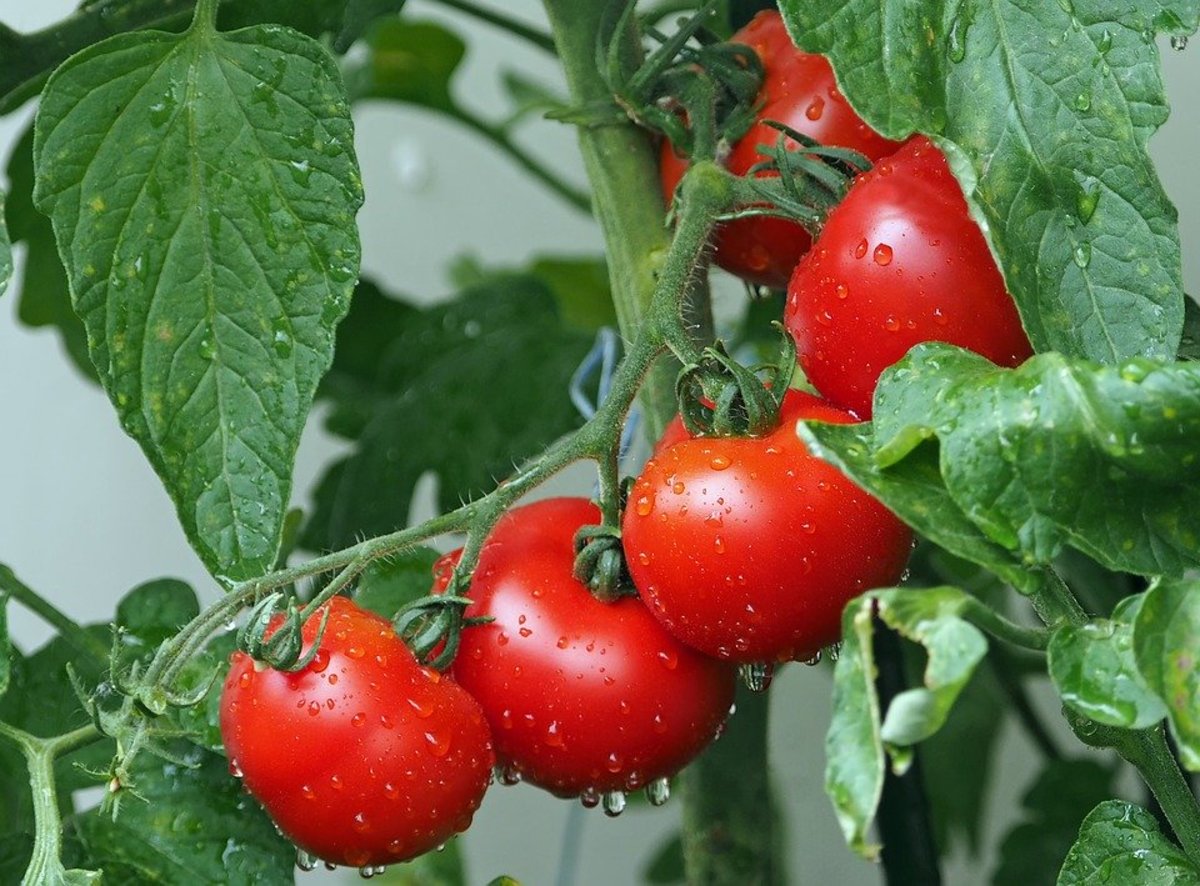Carrot Growing Tips
Growing Carrots
I don't know if there's anything more enjoyable and satisfying than to sow a bunch of carrot seeds and watch them grow into that delicious vegetable which is so good for you, but also really fun to harvest when pulling it out of the ground. I've even successfully grown them in containers, although they are much smaller than their counterparts in the ground.
It seems it's the pulling it out of the ground that is so fun to do, as you're able to grab that green top - which seems made for that purpose - and give a good yank. The ground can also serve as a place to store them. Just be sure to mark where the rows are so when they die back you won't have difficulty finding them. Some will retain their green tops, so that will help you if you forget to mark the rows.
Carrots are high in sugar and fiber, and include a significant amount of carotene, which is a source of Vitamin A.
Another reason for the popularity of carrots is its versatility, as you can cook it or eat it raw; and it's great for additions to salads, stews, and numerous other dishes. And remember, a number of people choose to juice them as well.
Eating carrots raw and in salads is my favorite way to consume them.
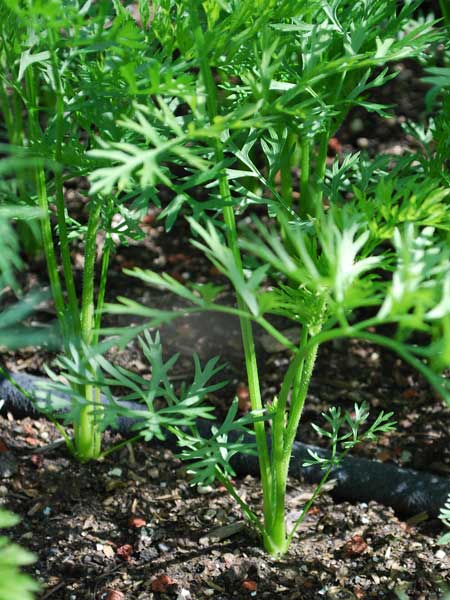
When to Plant Carrots
Carrots can be planted very early in the season, as they are tolerant of frost.
The key is to wait until the soil softens up enough to allow it to be worked and prepared for the specific needs of a carrot to get the desired results.
If you have some sandy soil, carrot seeds can be sown even earlier.
Soil Preparation
As much as probably any vegetable there is, to have good success with carrots the soil must be properly prepared in order to get best results.
But even the best preparation won't work for the very long carrot varieties if the soil isn't the right type, as to get the expected results you'll have to have some sandy soil. You can grow them in non-sandy soils, but you won't get those long carrots you hoped for. Better to grow a variety that is a little shorter as they'll perform the same. If you have sandy soil, don't hesitate to plant the longer varieties, as they should grow straight and long for you.
Best practices is to plow the soil to a depth of around 8 inches to 9 inches. That will give your carrots the best chance of developing to their full potential. Also be sure to break up the soil so there aren't any clumps remaining in it.
Finally, contrary to usual best practices for other vegetables, it's not a good idea to work too much organic material into a bed you're going plant carrots in. The reason is because, like in failing to break up the soil properly, it will result in the dreaded twisted and/or twisted or forked carrot roots we all hate to see. Carrots need as clear a path as they can get to grow long and straight., for those that are looking for that type.
Carrot Planting Strategy
It is important to put together a strategy for planting your carrots before you sow the carrot seeds, as there are a number of factors to consider depending on what your purpose for growing the carrots is.
For example, are you primarily growing them for juicing purposes, or is it to harvest smaller carrots for finger food? Do you want those long carrots for multiple uses, or maybe one that may store longer?
Maybe you want to grow carrots at intervals, starting in the spring, so you can harvest them all the way up to frost.
All of this will determine what types of carrot seed you buy and when you're going to plant them. Some people plant them at the same time, but include varieties that mature at different intervals. Other choose to plant the same variety ever three weeks or so.
If you have multiple purposes, you can of course plant them at the same time to get the best results, as they'll all come up as you need and want them, according to their maturing dates. For the average gardener that's the best way to plant carrots.
Unique Purple Dragon Carrot Seed
How to Plant Carrots
How you plant carrots can also be determined by what your purpose is. For example, spacing can be determined by whether you want to pick some very early roots just get that sweet flavor out of them, while also creating some space for the surrounding carrots to expand as they grow.
But assuming you're wanting to plant in a standard fashion, you can plant the carrot seed from about 1/4" to 1/2" deep in the early part of spring, or in intervals if you're stagger planting.
A general rule of thumb is to plant no more than three seeds per inch. Two is best unless you want to sneak some early ones like mentioned above. Another reason to plant three is to make up for those that don't germinate.
If you're planting for a fall harvest, at that time carrot seeds should be sown starting at 1/2", and as deep as 3/4". The warmer and dryer conditions when sowing the seed are the reasons behind that.
For the spacing of rows, I would recommend at least a foot between them, and up to a foot and a half. You can mark the rows with sticks in the ground, or maybe the type of plastic stakes used for labeling crops.
You want to do this because it can take up to two weeks for the first signs of your carrots to break the surface of the soil. Don't worry if their appearance is somewhat scattered at first, as the emergence of carrots is rarely uniform.
If you have a way to protect your seeds in case a hard rain comes before they emerge, you should do it. A hard rain can pack the soil to the point of none of your carrots breaking the surface. You could lose all of them if that happens.
Thinning Carrots
When your carrot seedlings are all out of the ground, you should thin them when they reach a height of about an inch tall.
The larger the variety you have the more space they need to develop. For smaller carrots that means a limit of three plants an inch. For those you plan on harvesting once they grow a little, you could have them at two plants per inch. Carrots that are larger varieties should be thinned to only one an inch, or even to one plant for every two inches.
Carrot Care
It's best to cover your newly planted carrot seeds with a row covering. That is primarily to help warm the soil, which should be kept moist, but not soggy.
A clear polyethylene film does a great job, and it can also help protect some from driving rains, which could devastate the crop as mentioned above. Moisture in the soil is also retained using this method. Be sure to remove the polyethylene as soon as the seedlings begin to break ground.
For successive or later plantings, you will have to watch the soil moisture closely. As it warms up you many have to include a sprinkling to get best results. Just don't let the soil pack down, or you'll have the same results a heavy rain would produce.
Another practice for summer planting may be to provide shade of some sort. This will help protect the carrot seedlings from burning off just as they break through.
Cultivating
The major challenge for carrot seedling care is the weed problems. That is because of the long period of time before the seedlings emerge, or the slower growth rates of carrots.
Either way, you will have to be diligent in cultivating for the first month or so in order to maintain control of the situation. Cultivate shallowly with a hoe or a cultivate with a knife blade. If you deep cultivate, you could damage the carrot roots.
Harvesting
Other than pulling out some young carrots for thinning and eating early, the time to pull your carrots if when they reach 1/2" in diameter for finger carrots, and a minimum of 3/4" for the remaining varieties.
Earlier varieties can be ready as soon as 50 days, and sometimes as long as 60 days. Other varieties will take from about 60 days to as long as 75 days. You can harvest the carrots over a period of about a month; you don't have to take them all out at once unless you have a reason to.
Earlier it was mentioned how fun it is to take hold of a carrot top and pull it out of the ground. While that's true (and we're all going to do that with some of our carrots), in reality the majority of our carrot harvest will probably have to be done using a shovel of some type because the carrots are deeper and the top could break off. Using a shovel also helps to keep the carrots from being damaged.
Sowing and Growing Carrots
Green Crown on Carrot
If you come across some carrots with the green on the crown, don't throw them away, as all you have to do is cut off the green part and the rest of the carrot is still good.
All this is is sunburning, which should be cut off because doesn't taste or look very good if you eat it raw or use it when cooking.
You can prevent this by covering the tops with soil once the carrots start to swell. Start looking at about 40 days or so and later for this to happen.
Carrot Storage
One benefit of sowing carrot seed in the summer is they can be left in the ground until a killing frost arrives. To extend outside storage even more, carrots can be heavily mulched and harvested throughout the winter in many areas.
When preparing carrots for storage after taking them out of the ground, most of the green top should be cut off, as it will extract nutritional value and moisture from the carrot. Leave no more than an inch of the top on when cutting.
Carrots stored in the refrigerator can last up to a month or so when placed in perforated plastic bags. While carrot greens are edible, they can only be stored for several days before failing. Store them separate from the carrots.
Other methods of storage include burying them sand that is just slightly moist in an underground cellar. An outside pit built for the purpose of storage also works. In that situation just mulch it with straw as you would a row of carrots left in the garden. Carrots will last as long as 6 months using these techniques.
In the cellar, place the larger carrots on bottom and smaller on top. The smaller carrots don't last as long so you want to use them first.
Finally, you can also choose to freeze of can your carrots for long-term future use.
Growing Carrots
Carrots have great nutritional value, are fun to grow, and with a little work at the beginning, aren't that difficult to manage and care for.
The results are a fantastic vegetable that can be stored in a number of short- and long-term ways to ensure a batch of carrots whenever you want some or a recipe calls for them.
Add to that the enjoyment of harvesting them throughout the year and you have a number of compelling reasons to grow this tasty vegetable.



